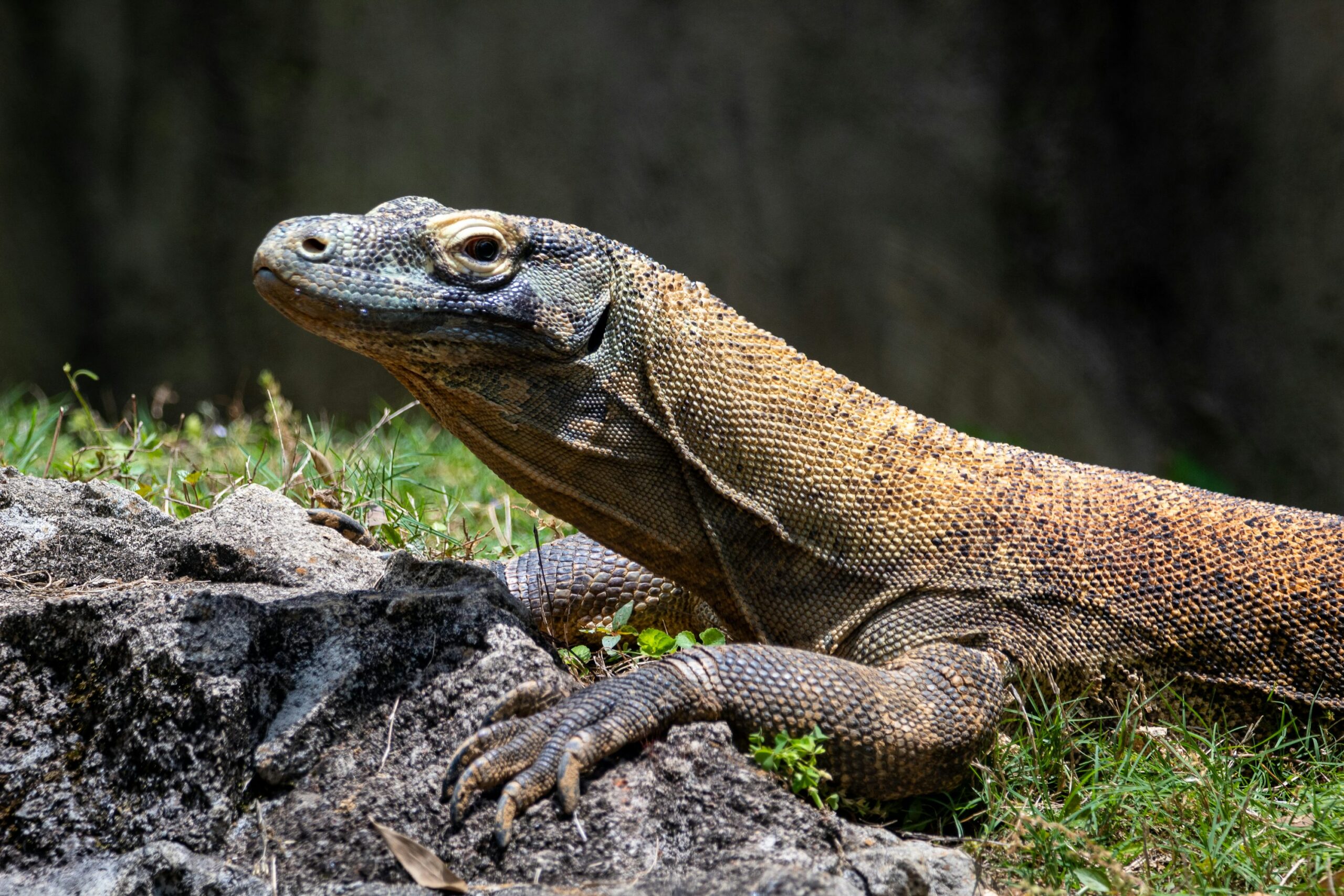Komodo dragons are fascinating creatures that have often been compared to dinosaurs due to their impressive size and predatory nature. In this article, we will explore how Komodo dragons compare to dinosaurs in various aspects, shedding light on their similarities and differences.
The Evolutionary Connection
Komodo dragons are the largest lizards on Earth, with some individuals reaching lengths of up to 10 feet. Despite being reptiles, they are more closely related to snakes and monitor lizards than to dinosaurs. Dinosaurs, on the other hand, were a diverse group of reptiles that dominated the Earth for over 160 million years before facing extinction.

Physical Characteristics
Both Komodo dragons and dinosaurs are known for their impressive size and powerful build. Komodo dragons have muscular bodies, strong limbs, and sharp claws that make them formidable predators. Dinosaurs, too, exhibited a wide range of body shapes and sizes, from the massive Tyrannosaurus rex to the agile Velociraptor.

Feeding Behavior
Komodo dragons are carnivorous predators that primarily feed on deer, pigs, and other large animals. They have a unique hunting strategy where they use their keen sense of smell to locate prey over long distances. Once they spot their target, they rely on their speed and powerful jaws to deliver a lethal bite. Dinosaurs also had diverse feeding habits, with some being herbivores, others carnivores, and some omnivores.

Reproduction and Lifecycle
Komodo dragons reproduce through sexual reproduction, with females laying eggs that hatch into small, vulnerable offspring. The young Komodo dragons face numerous challenges in their early life, including predation by other animals. Dinosaurs also reproduced through eggs, with some species exhibiting complex nesting behaviors and parental care.

Behavioral Similarities
Both Komodo dragons and dinosaurs are known for their territorial behavior and aggression towards rivals. Komodo dragons establish dominance hierarchies within their populations, with larger individuals often asserting their authority over smaller ones. Similarly, some dinosaur species exhibited social behaviors and lived in groups for protection and hunting.

Conclusion
In conclusion, while Komodo dragons share some similarities with dinosaurs in terms of their physical characteristics and predatory nature, they are distinct species with their own unique evolutionary history. Studying these ancient reptiles can provide valuable insights into the diversity of life on Earth and the adaptations that have allowed certain species to thrive in their environments. By appreciating the similarities and differences between Komodo dragons and dinosaurs, we can gain a deeper understanding of the natural world and the fascinating creatures that inhabit it.

Leave a Reply